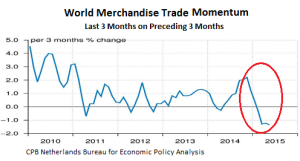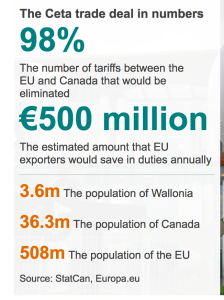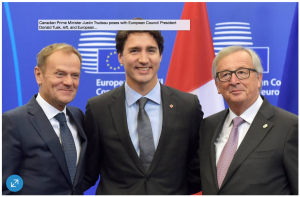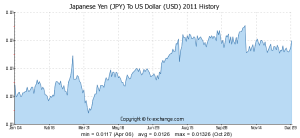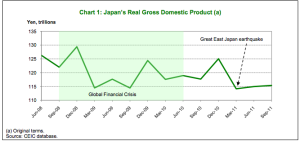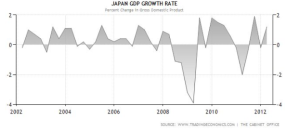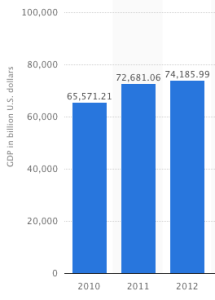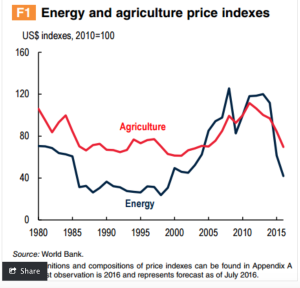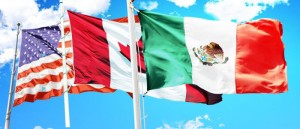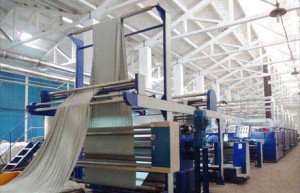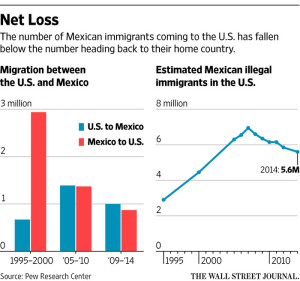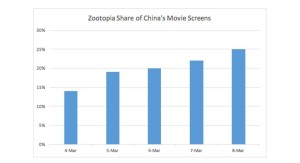On September 27th, the World Trade Organization forecasted the growth of trade to be 2.8%, a major decrease from 2016’s 1.7%. GDP has been growing at a slow pace and this year trade may be even slower. In the past global trade flourished, however, many factors contribute to the rate at which trade grows such as protectionism and changes in demand. Trade is an important factor in the global economy because it allows countries to spread ideas. It allows countries to interact with each other and in turn expose themselves to new ways to thinking and new products. Furthermore it is important for the economy because it promotes competition in the marketplace.
In the past, trade was given steam by the explosion of growth of China’s economy. This was in part due to large investments and led to high imports and exports as well as the use of huge quantities of resources. China’s growth has since stabilized and has been growing at a slower rate. This has in turn affected trade around the world, about one sixth of the slowing exports in Asia from 2014-2015.
Another factor is Brexit which has impacted Britain and Europe negatively thus far. America is also facing some changes with its upcoming political election. In response to what has been deemed “unfair” trade advantages, trade laws have been put into place. China has been cited for dumping and having extremely cheap labor costs which drove down their prices. This has caused millions of American jobs, such as at the steel mills in Ohio and Pennsylvania, which used to be steady and secure job source to be obsolete. It has also caused American to have a trade deficit with China. Donald Trump says that he will renegotiate trade deals and stop NAFTA and the Trans-Pacific Partnership. These impending changes have caused uncertainty and will definitely have a ripple effect on global trade.

